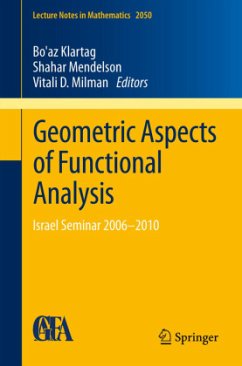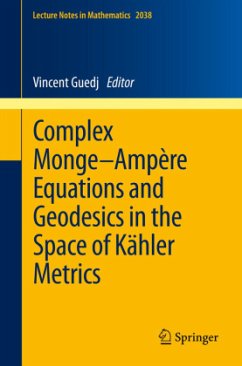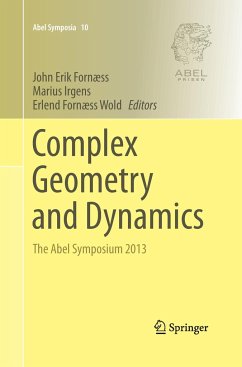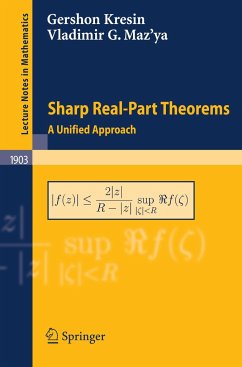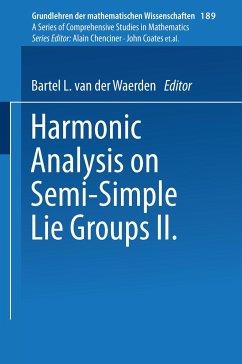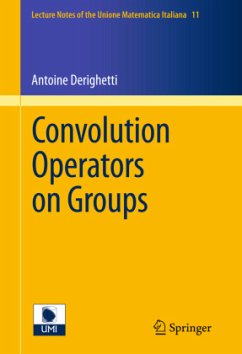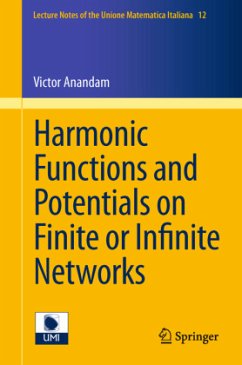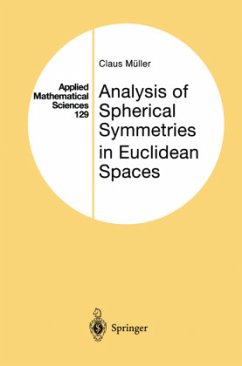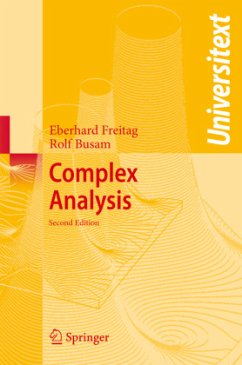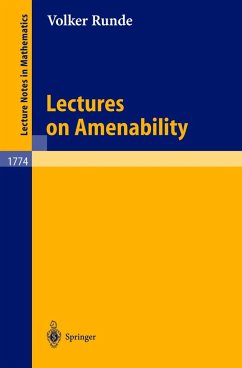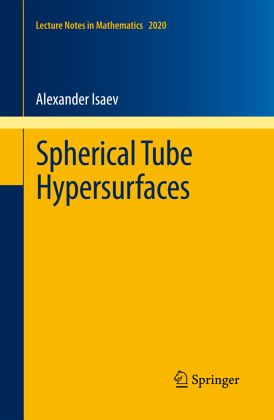
Spherical Tube Hypersurfaces

PAYBACK Punkte
19 °P sammeln!
This book offers a comprehensive exposition of the theory of spherical tube hypersurfaces, beginning with ideas proposed in the pioneering 1982 work of P. Yang and progressing to the approach recently proposed by G. Fels and W. Kaup.
We consider Levi non-degenerate tube hypersurfaces in complex linear space which are "spherical", that is, locally CR-equivalent to the real hyperquadric. Spherical hypersurfaces are characterized by the condition of the vanishing of the CR-curvature form, so such hypersurfaces are flat from the CR-geometric viewpoint. On the other hand, such hypersurfaces are of interest from the point of view of affine geometry. Thus our treatment of spherical tube hypersurfaces in this book is two-fold: CR-geometric and affine-geometric. Spherical tube hypersurfaces turn out to possess remarkable properties. For example, every such hypersurface is real-analytic and extends to a closed real-analytic spherical tube hypersurface in complex space. One of our main goals is to give an explicit affine classification of closed spherical tube hypersurfaces whenever possible. In this book we offer a comprehensive exposition of the theory of spherical tube hypersurfaces starting with the idea proposed inthe pioneering work by P. Yang (1982) and ending with the new approach due to G. Fels and W. Kaup (2009).





